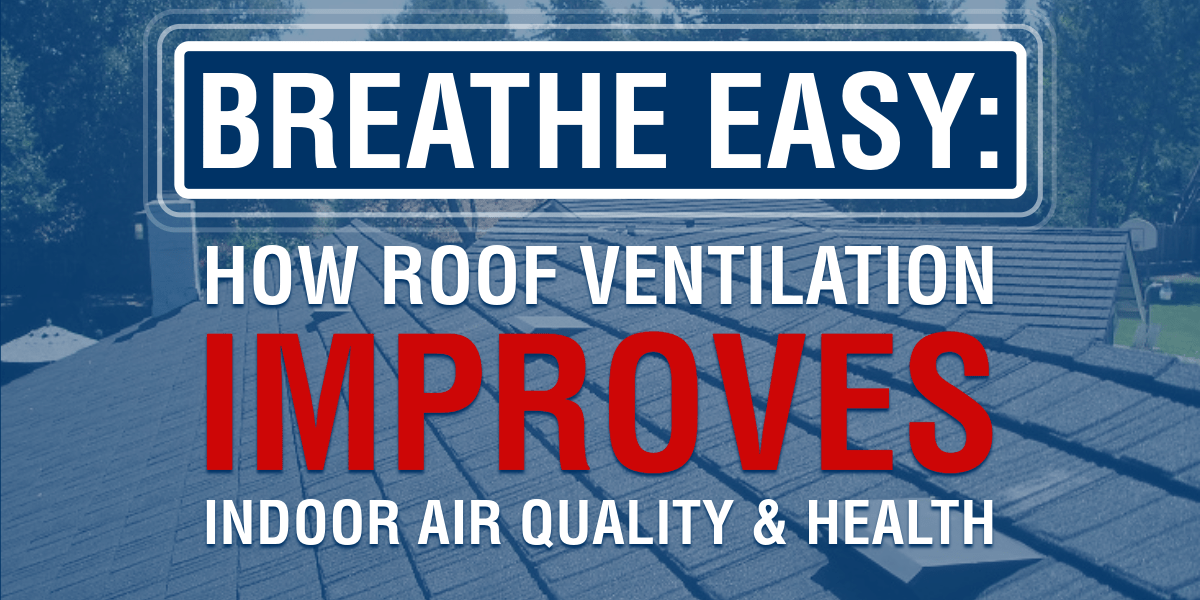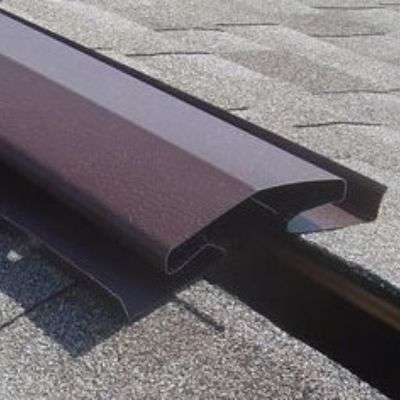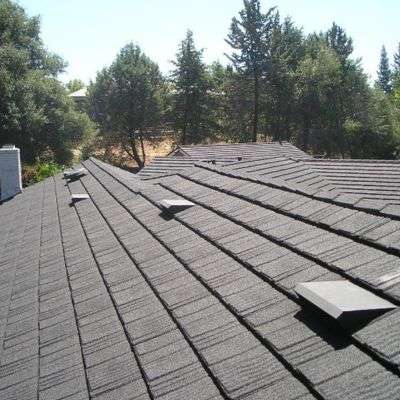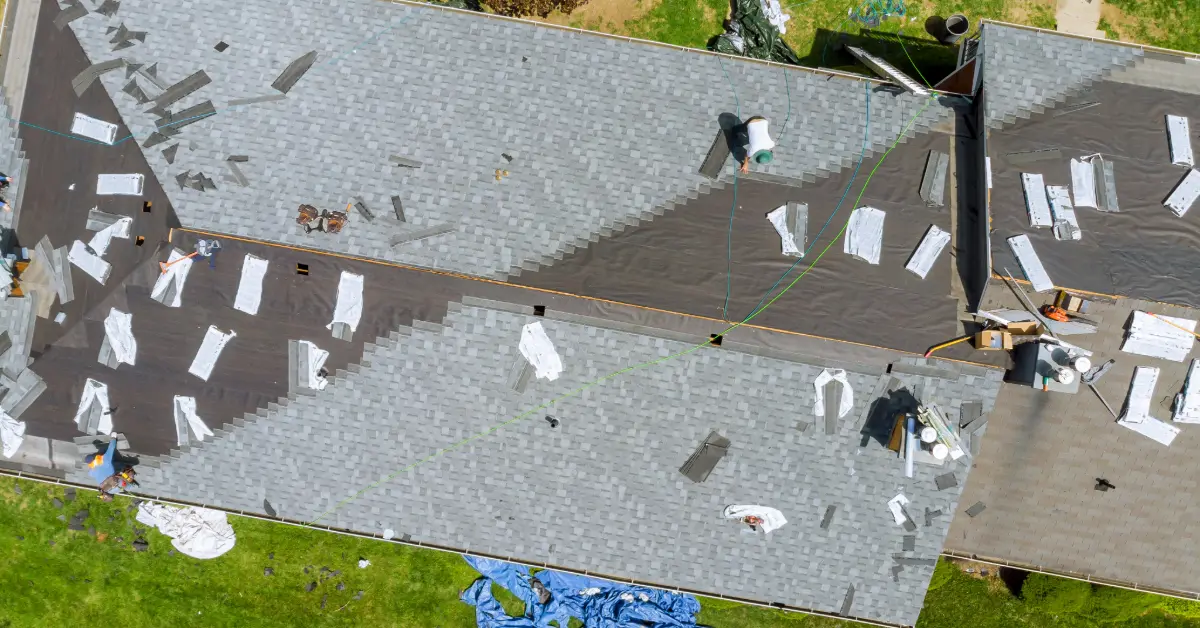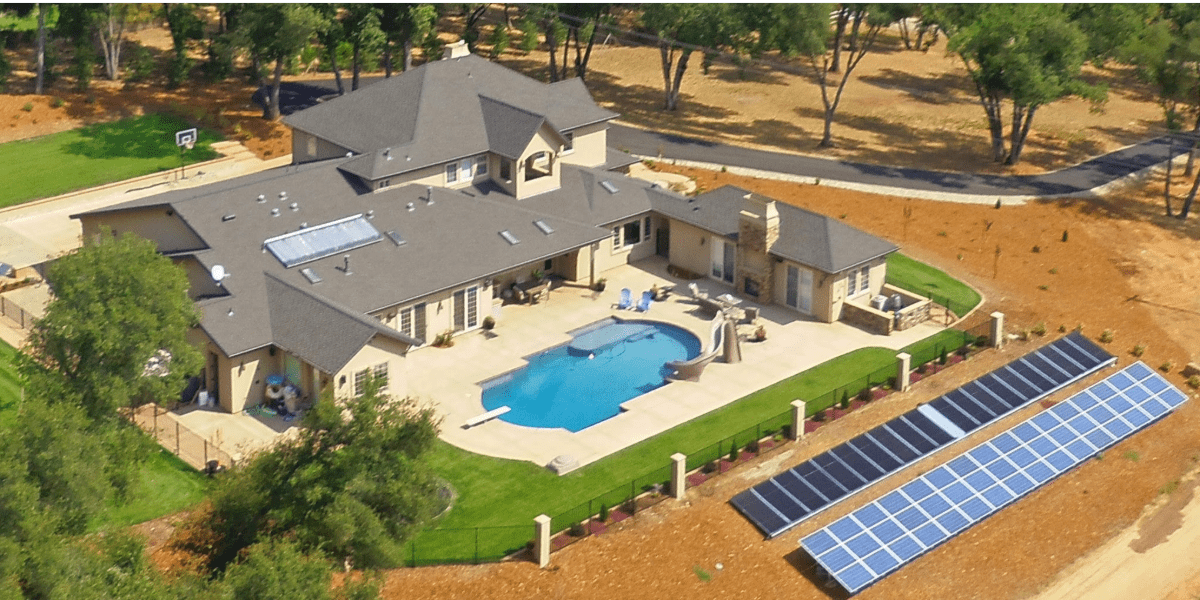Roof ventilation. Most homeowners don’t think about it. When a roofing problem or other indoor issue arises, the average homeowner does not consider the possibility of poor roof ventilation as a primary culprit or contributing factor. Ironically, roof ventilation plays a critical role in the overall health and well-being of the home and its occupants.
Without adequate roof or attic ventilation, indoor air quality is compromised. Consequently, poor air circulation often results in a house with numerous issues (such as mold and mildew growth, moisture intrusion, window condensation, allergen buildup, and unstable indoor temperatures). A homeowner should not overlook the value of sufficient roof ventilation.
What Is Residential Roofing Ventilation
Ventilation brings in fresh outside air and expels stale indoor air. This two-pronged approach offers numerous benefits to the home and its occupants. At the attic or roof level, ventilation is essential in removing rising warm air. Introducing clean air from the outdoors allows interior air to circulate freely.
Involving A Contractor To Assist With Roof Ventilation
If you own a home in Sacramento, CA, consider contacting Straight Line Construction to discuss your home’s roof ventilation situation. We provide extensive knowledge and experience analyzing existing roof ventilation systems and recommending actionable improvements. We also offer a full line of roofing services. To learn more about our roof ventilation assessment process or to schedule an appointment, contact Straight Line Construction today.

